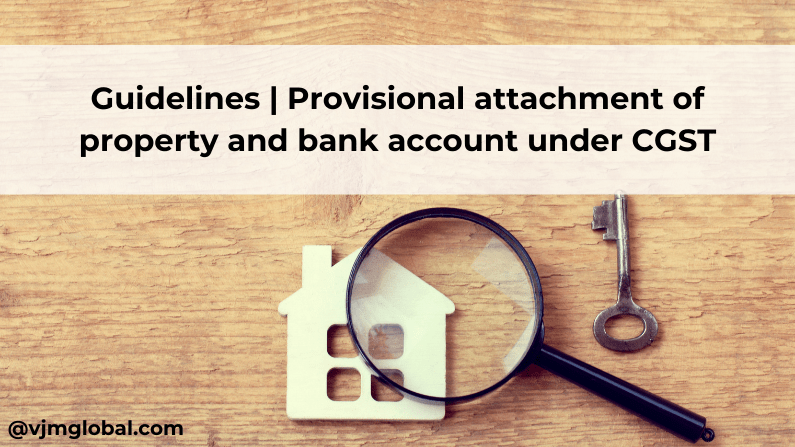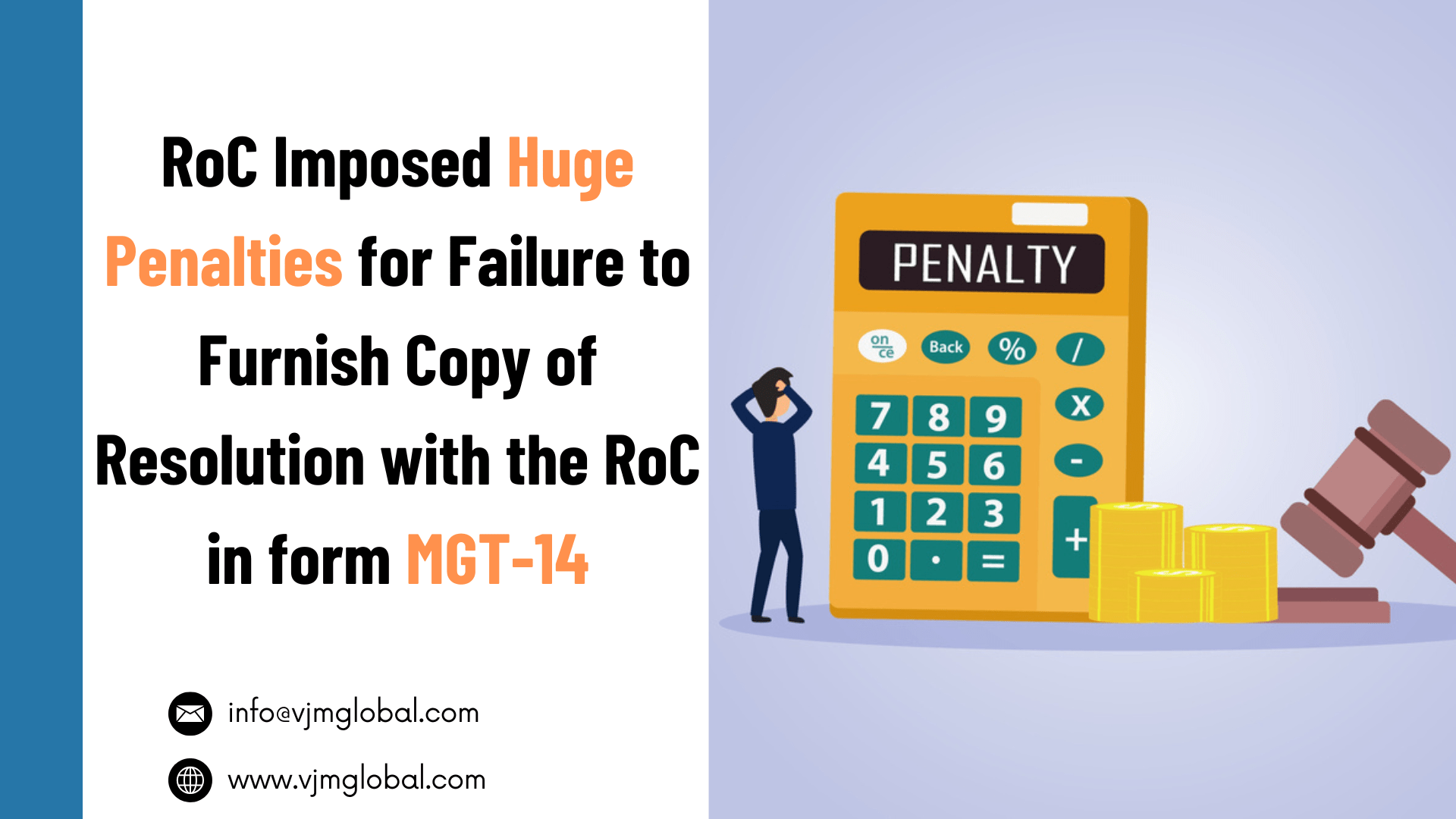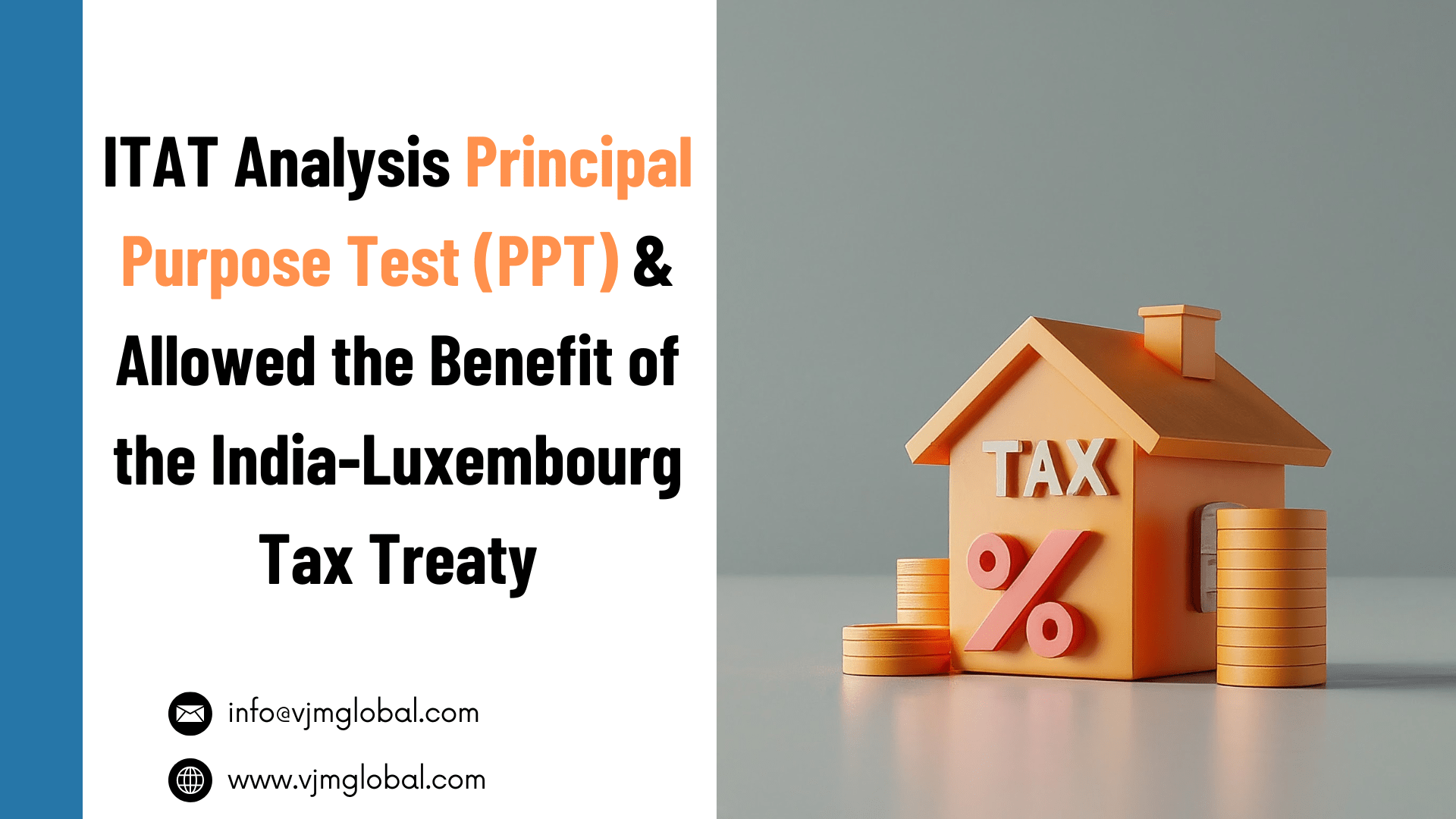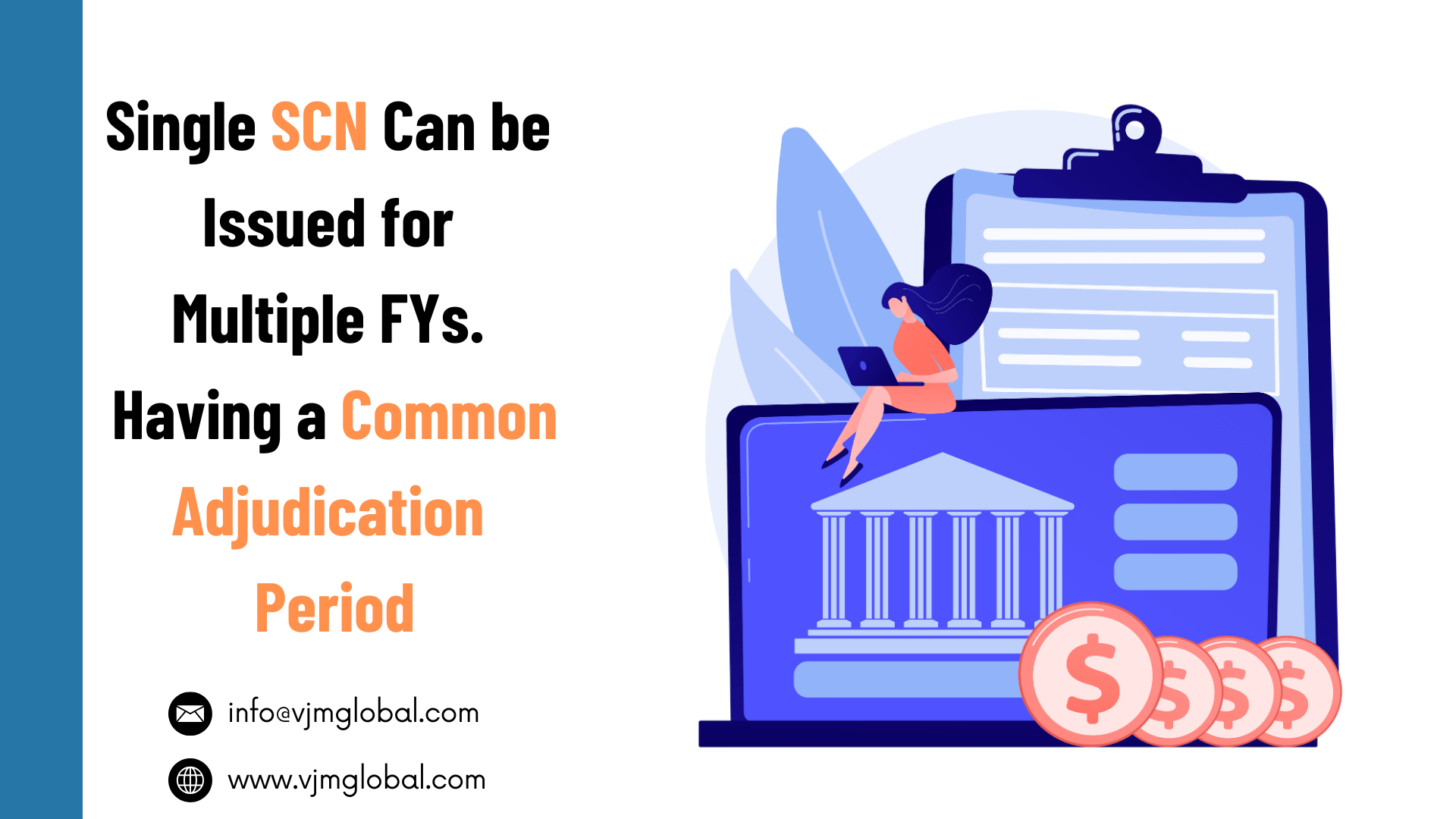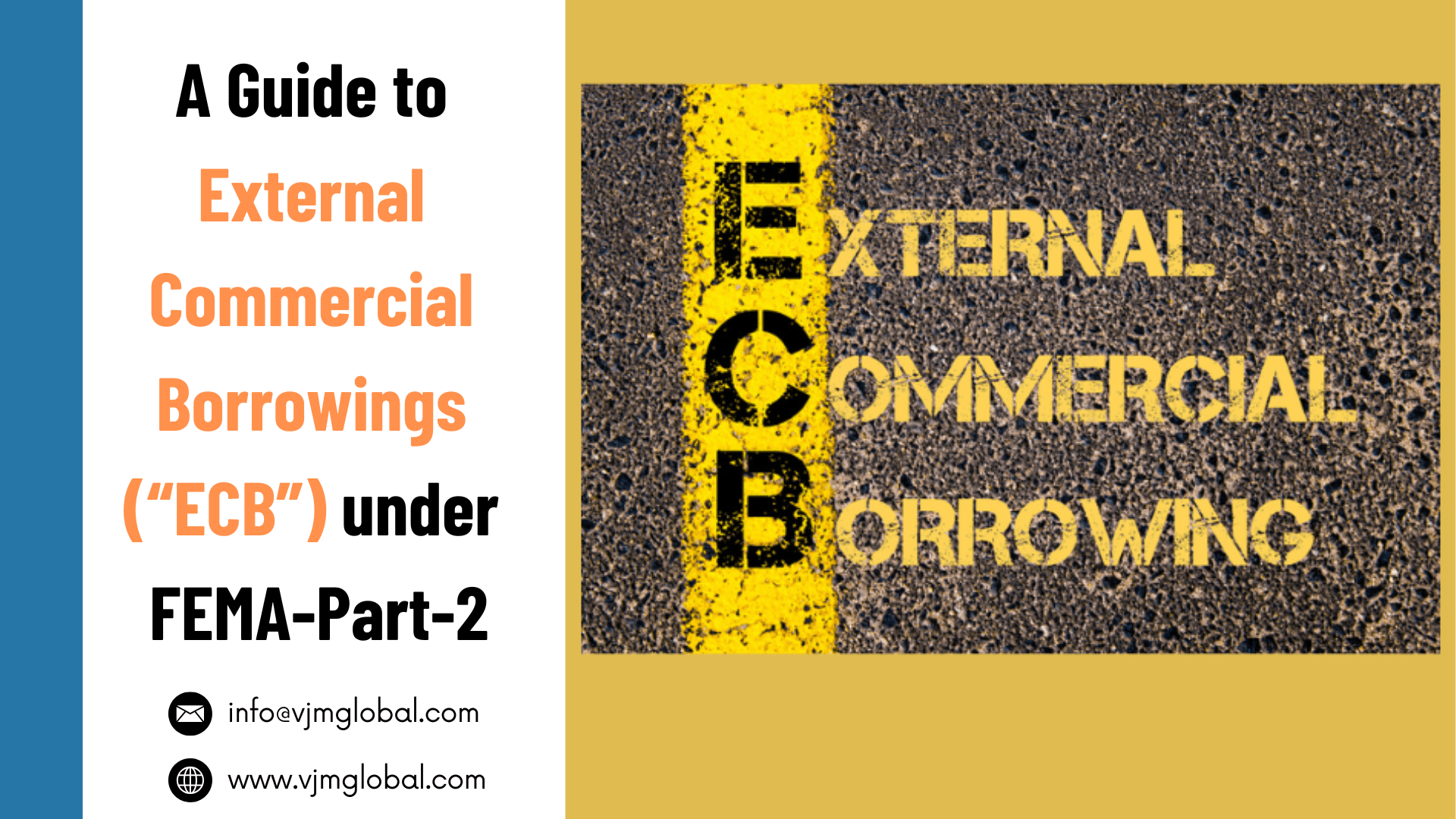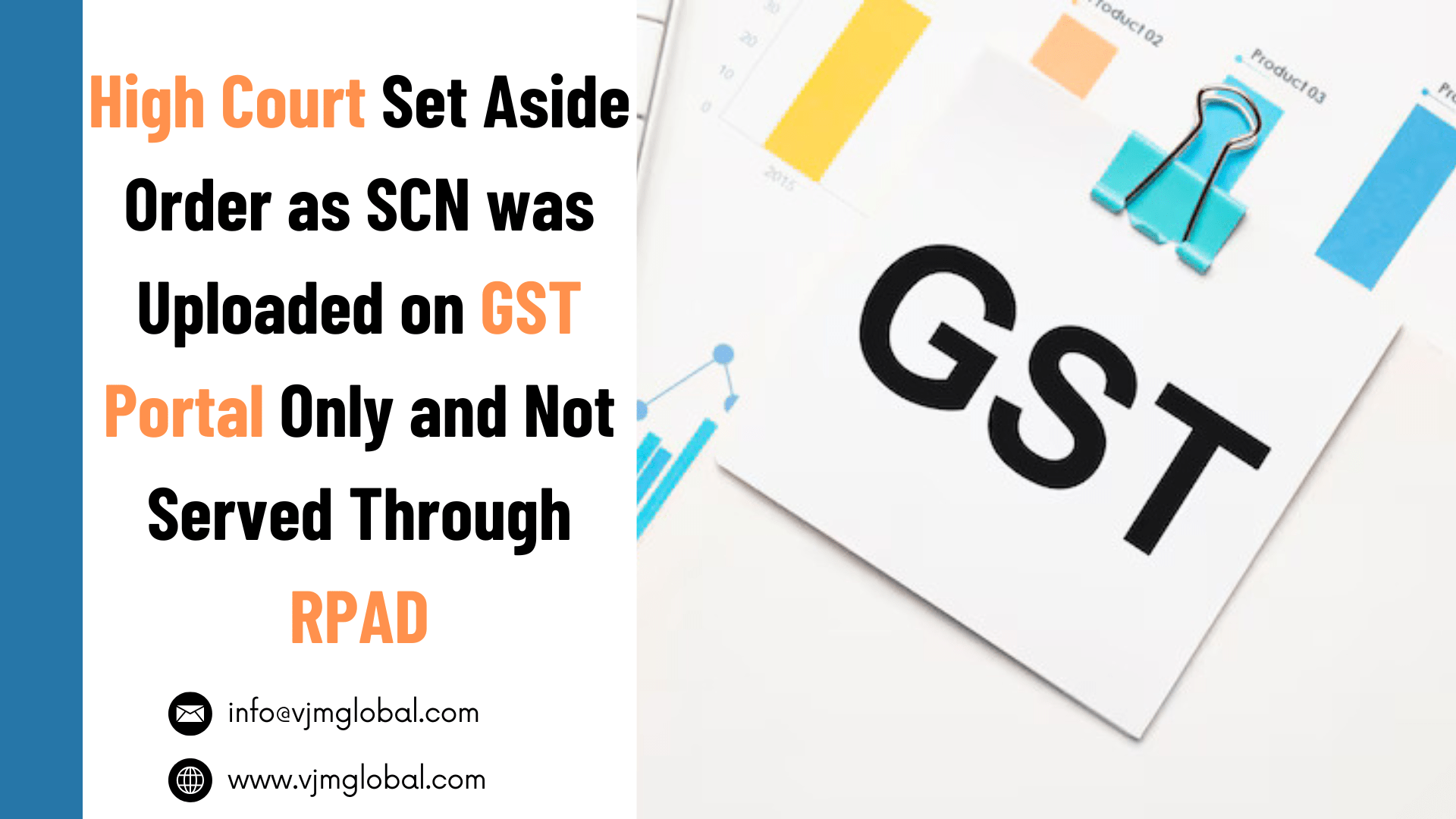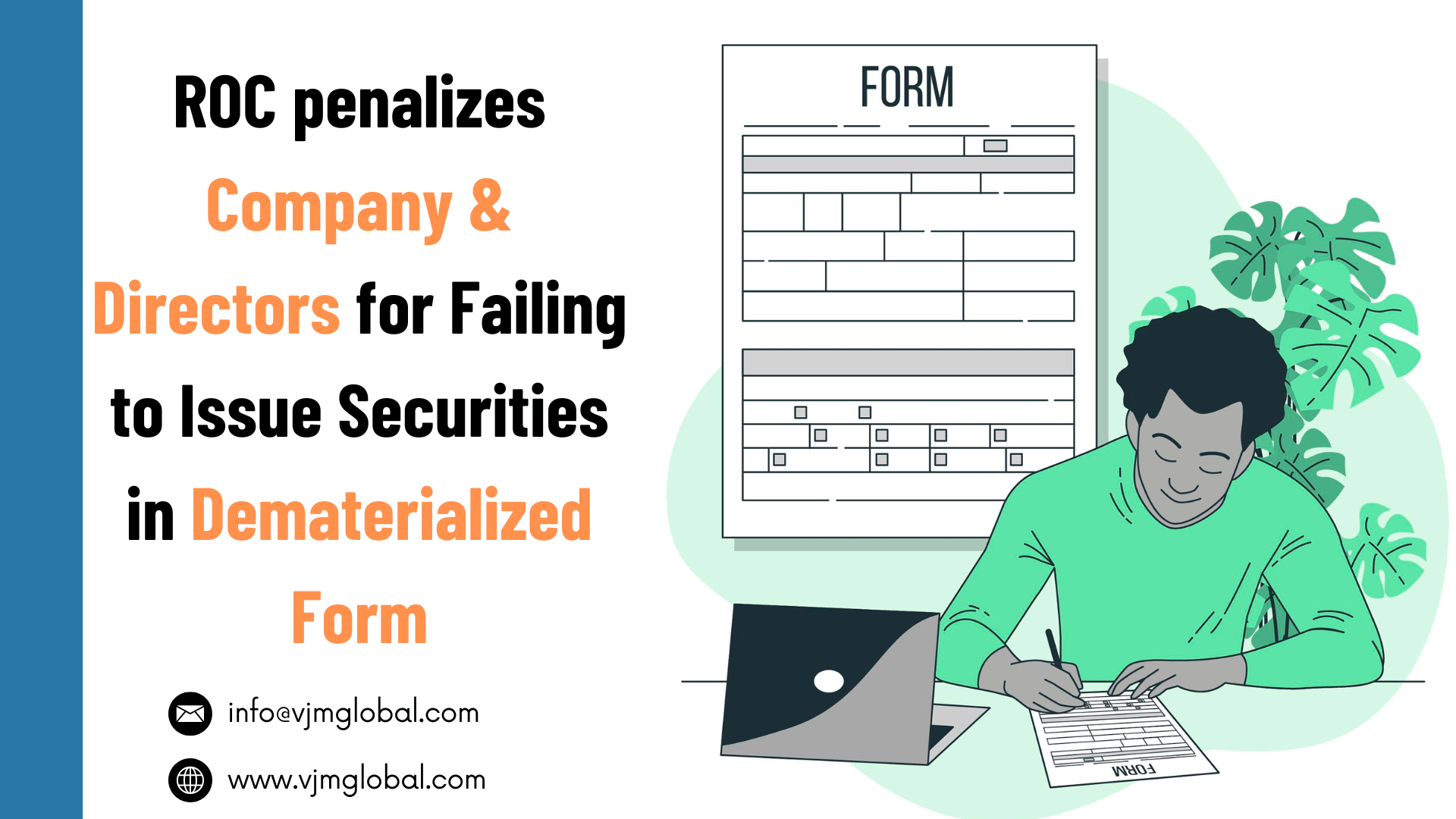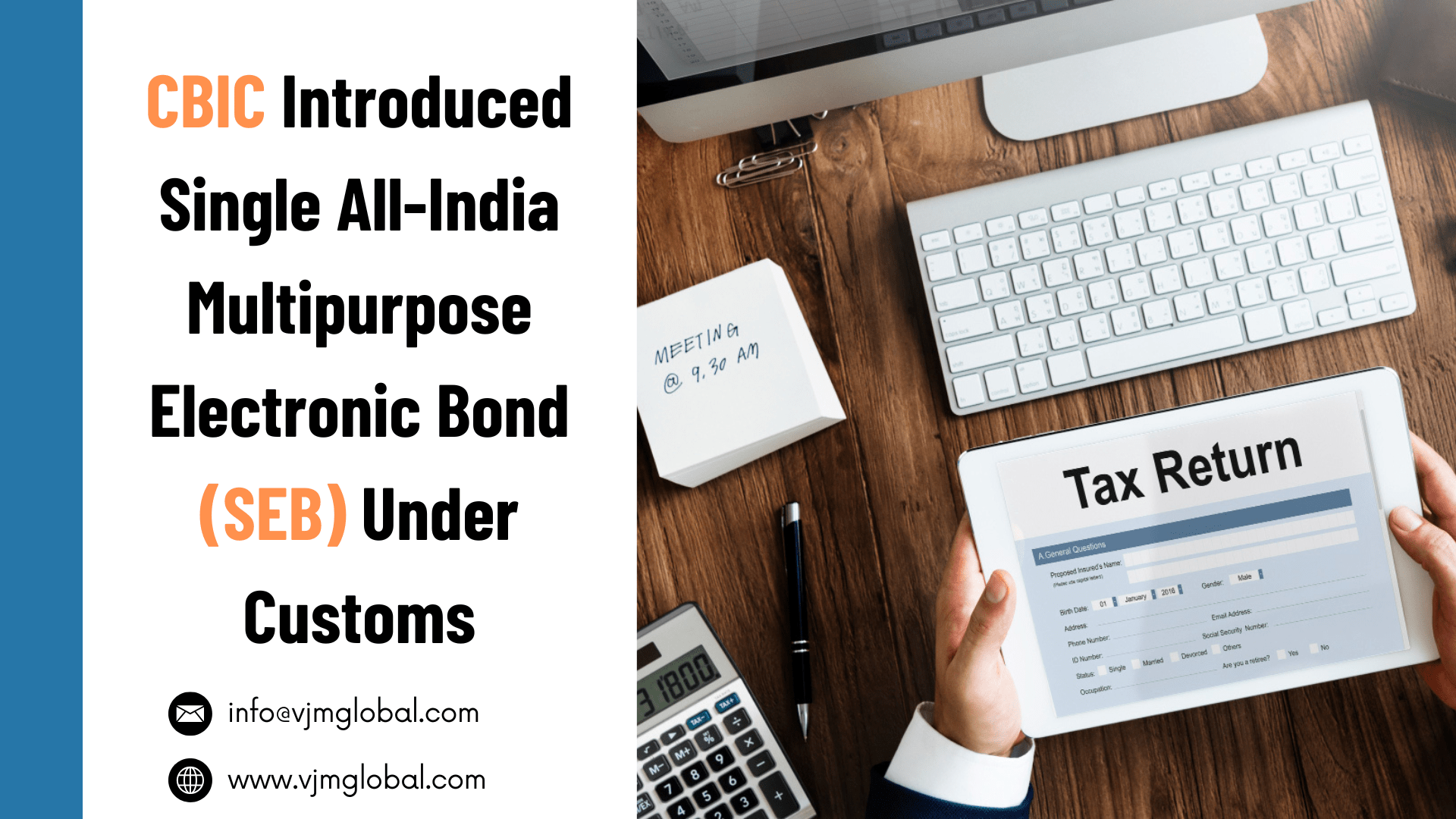Central Goods and Service Tax Act, 2017 provides power to attach property of the defaulting taxpayer to protect the interest of the revenue. However, in many cases such power is exercised by the government official in undue cases or property is kept attached for a long time causing undue hardship to the taxpayers.
Due to this reason, litigation around attachment of property and bank accounts have increased substantially.
Provisions related to provisional attachment are given under Section 83 of CGST Act, 2017 which provides power of provisional attachment of property to protect interest of revenue. However, field formations have raised various doubts before the CBIC regarding power given under section 83 of CGST Act, 2017.
Hon’ble Courts have also made observations on the modalities of implementation of provision of Section 83 for provisional attachment by the tax officers.
To clarify the matter, the CBIC issued guidelines vide document No. CBEC-20/1a6/05/2021-GST/359 dated 23rd February, 2021 wherein following issues are clarified:
1. Who and when attachment of property and bank accounts under GST as per section 83 can be exercised?
1.1 What are the pre-requisites for initiating proceedings under Section 83?
As per Section 83 of CGST Act, the commissioner has the power to attach property where:
- proceedings are pending against a taxable person under specified sections; and
- He has reasons to believe that provisionally attachment of the property is necessary for the purpose of protecting the interest of revenue
1.2 Under which proceedings, attachment can be made under Section 83?
For initiating attachment against a taxable person, proceedings must be pending against taxable person under either of the following section:
- Section 62: Assessment of non-filers of returns
- Section 63: Assessment of unregistered persons
- Section 64: Summary assessment in certain special cases
- Section 67: Proceedings related to inspection, search and seizure
- Section 73: Demand raised in cases other than those involving fraud or wilful misrepresentation of facts.
- Section 74: Demand raised in cases involving fraud or wilful misrepresentation of facts.
1.3 What points the commissioner should consider for forming an opinion?
- For attachment of property, The commissioner must have reasons to believe that this provisionally attachment of the property is necessary for the purpose of protecting the interest of revenue. This opinion of the commissioner should be recorded in file
- For forming an opinion that provisional attachment of property is required under Section 83, the commissioner must exercise due diligence in examining all the relevant facts and he must consider following points:
- Nature of offence
- Amount of revenue involved under litigation
- Nature of business
- Investment in capital assets
- Reasons to believe that the taxable person may dispose of or remove the property if the same is not attached.
- The commissioner must record the basis on which his opinion has been formed and he must record his opinion in writing.
1.4 What other circumspection the commissioner should exercise before initiating attachment proceedings?
- CBIC has clarified that power under Section 83 must not be exercised in a routine/mechanical manner. All facts of the case must be examined very carefully to ensure that the case fits for exercising power under section 83.
- All evidence collected during proceedings must indicate that a prima-facie case is being made against the assessee. Option of attachment of property of the assessee must be exercised with utmost circumspection and with maximum care and caution.
2. Procedure of provisionally attaching the property
Presently, various cases are found where property of the persons are attached without receipt of any notice or communication from any concerned authority.
Practically, rather in certain cases, assessee are not even aware which that revenue authority has attached his property.
Therefore, CBIC has clarified procedures to be followed for provisional attachment of property.
2.1 Order for attachment of Property in Form GST DRC-22
- The Commissioner is first required to record the basis on which he has formed an opinion of attachment of property, including the bank account of the taxpayer.
- Thereafter, he should pass an order in FORM GST DRC-22 with proper Document Identification Number (DIN) and order must contain details of property to be attached.
- A copy of the order of attachment should be sent to the concerned Authority or Bank or relevant authority to place encumbrance on the said property either movable or immovable. After attachment, The property shall be removed only on the written instructions from the Commissioner.
2.2 Objection against order of attachment by taxpayer
- A copy of order of attachment shall be sent to the taxpayer as early as possible so that he can file objection, if any, against such attachment order within the time prescribed( i.e 7 days of the attachment) under rule 159 (Provisional attachment of property) of the CGST Rules.
- If an objection is filed by the concerned person, then the commissioner shall grant him a reasonable opportunity of being heard. After considering the facts provided by the person filing the objection, the commissioner shall decide whether the property is still required to be attached or not and he will pass an order to consider this effect.
2.3 Release of attached property by order in Form GST DRC-23
- If the commissioner is satisfied that the property is no longer liable for attachment then he may release such property by issuing an order in FORM GST DRC-23.
- If a taxpayer does not file the objection within the time limit prescribed under CGST Rules, the commissioner may still consider the grounds mentioned in the objection/representation and may form a reasonable opinion.
- Where the commissioner is satisfied that the property is no longer liable for attachment then he may release such property by issuing an order in FORM GST DRC-23.
2.4 Period of Validity of Attachment Order
- All the provisional attachments shall have effect till the period of one year from the date of order of attachment. After expiry of one year, the order shall cease to have any effect.
2.5 Attachment of Perishable/Hazardous Property:
- If the provisionally attached property is of the perishable/hazardous nature, then the commissioner shall release property by issuing order in FORM GST DRC-23. However, the commissioner shall release the property only after the taxable person make payment of lower of the following amounts:
- Amount equivalent to the market price of such property; or
- Amount payable by the taxable person.
- However, if a taxable person fails to pay such amount then provisionally attached perishable/hazardous property shall be disposed of and amount recovered from such disposal shall be first utilised for payment of dues (tax, interest, penalty, fee, etc.) of the taxable person.
- Sales proceeds obtained must be deposited in nearst Government Treasury or branch of nationalised bank in Fixed Deposit form.
3. Illustrative Cases fit for provisional Attachment of property
CBIC has clarified that attachment provisions should be invoked with utmost circumspection and with maximum care and caution. Therefore, it should not be invoked in cases of technical nature rather the same should be restored in case of tax evasion or ITC wrongly availed or utilised or wrongfully passed on or wrongly refund claimed
Decision of attachment of property should be taken after analysing facts and circumstances of each and every case. However, following can be the cases where the commissioner may opt for attachment provisions:
- Taxable person has supplied goods or services without issuance of invoice with an intention to evade payment of tax; or
- Taxable person has issued invoice without any actual movement of goods or services against such invoice in contravention of provisions of GST law; or
- A person has availed Input tax Credit based on invoice without actual movement of goods or services or have availed ITC without any invoice; or
- A person has collect GST but does not deposit the same to the account of government beyond 3 months from due date of payment of such tax; or
- A person has fraudulently obtained refund; or
- A person has passed on the Input Tax Credit but failed to make payment of commensurate tax.
Above mentioned cases are only illustrative and attachment provisions can be invoked in any other cases also.
4. Value of Properties attached should not be more than tax liabilities under GST
- CBIC has clarified that the proper officer should ensure that value of property attached should not be excessive and value of property attached should be sufficient enough to protect the interest of revenue. Value of property should nearly cover the amount due from the taxpayer.
- If the value of one property is not sufficient enough to cover the amount due from a taxable person then more than one property can be attached to protect the interest of revenue. Different properties can be attached at different points of time in accordance with provisions of Section 83 of CGST Act.
- Only property belonging to the taxable person can be attached against whom proceedings are pending under section 83 of CGST Act.
- Preference should always be given to immovable property for attachment. However, if the value of immovable property is not sufficient to cover liability of the taxable person then the proper officer may attach movable property also.
- While attaching property, the proper officer should ensure that regular business activity of the taxable person should not be hampered due to such attachment. E.g., raw material and finished goods should not be attached normally.
- Movable properties can be attached such as Bank Account. However, proper officer may release such movable property where taxable person offers some other immovable property for attachment in lieu of such movable property. Before changing attachment, Proper officer would make sure that value of such immovable property is sufficient enough to protect the interest of revenue.
- Immovable property offered for attachment should be free from any subsisting charges, mortgage or encumbrance or any other liability and should not be involved in any legal dispute.
5. Period of attachment will be one year from the date of attachment
- Any order of attachment shall remain valid for 1 year from date of order, i.e., after the expiry of the period of 1 year the attachment order shall cease to have effect.
- Further, attachment order shall also cease to have effect if commissioner passes an order in form GST DRC-23 to release the attached property.
6. Completion of Adjudication and investigation within period of attachment
Since attachment remains valid for one year only and attached property may hamper the working capital of the taxable person therefore, proper officer should make all the efforts to complete the adjudication and investigation against the taxable person at the earliest, well within the validity period of attachment.
Adjudication should be completed in time so that due liability of the taxable person can be recovered.
7. Attachment of property in case of co-ownership
In cases where property to be attached is co-owned by the taxable person and another as co-owner person then provisional attachment shall be made by order to the concerned taxable prohibiting him from transferring the share or interest or charging it in any way.
8. Properties exempted from attachment.
All such property as in by the Code of Civil Procedure, 1908 (5 of 1908), exempted from attachment and sale for execution of a Decree of a Civil Court shall be exempt from provisional attachment.
9. Conclusion
The section 83 of the CGST Act reads with rule 159 of CGST Rules gives power to the commissioner to provisionally attach the property of a taxpayer in certain cases. This provisional attachment is to safeguard the interest of government till the litigations have been completed, however, a proper officer should exercise power of attachment with due care and caution.

